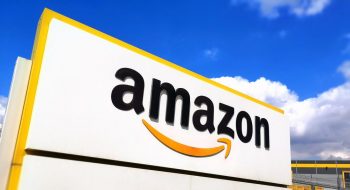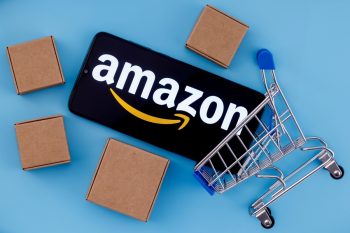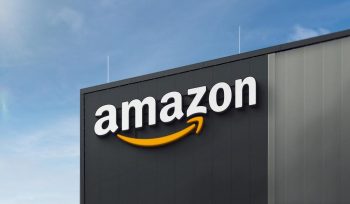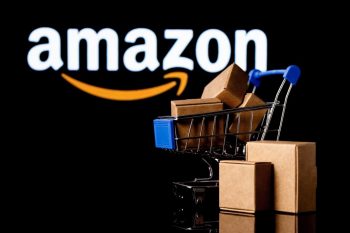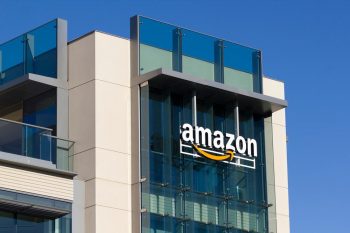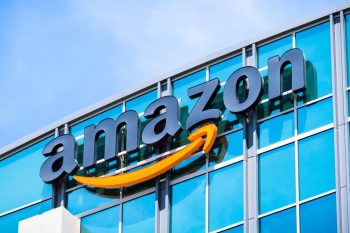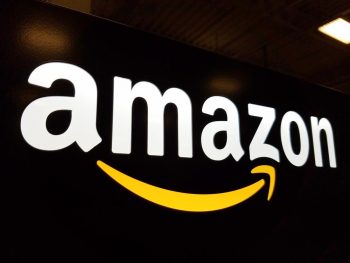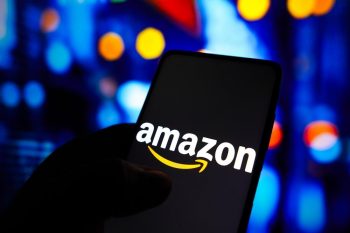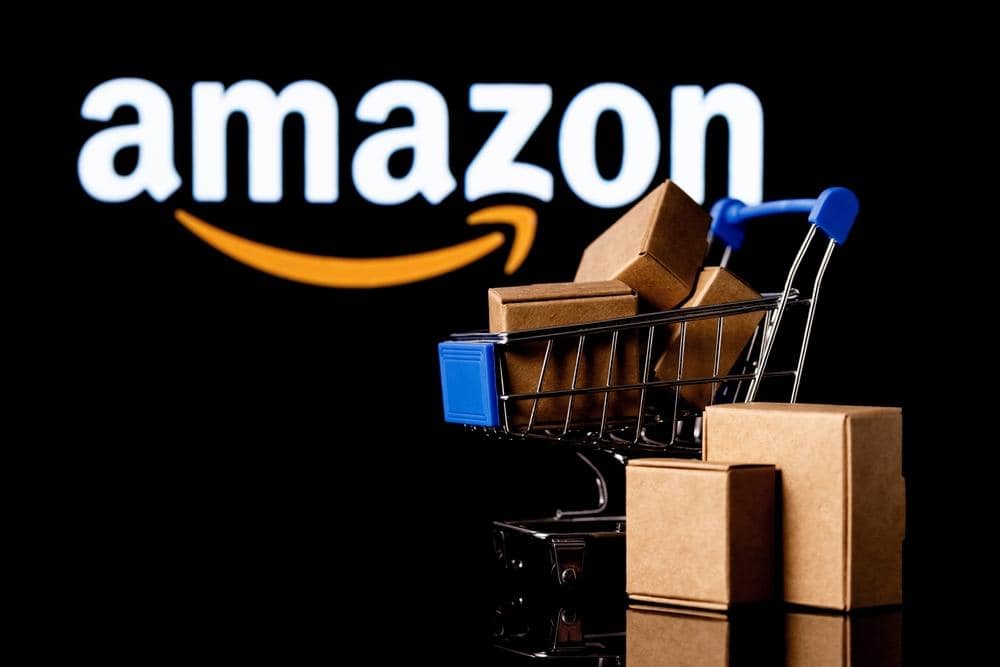
When it comes to the gig economy, two of the biggest players are Amazon Flex and Uber. Both provide opportunities for individuals to earn money using their vehicles. However, potential drivers often ask, “What pays more: Amazon Flex or Uber?” In this detailed guide, we’ll explore the differences in earnings, requirements, payment structures, and more for both platforms.
On an hourly basis, Amazon Flex drivers tend to earn slightly more, typically making between $18 and $25 per hour, compared to Uber drivers who earn approximately $15 to $22 per hour. However, overall earnings can vary significantly based on location, hours worked, and the ability to take advantage of promotions. Therefore, the choice between Amazon Flex and Uber should ultimately depend on individual preferences and priorities.
Hourly Pay: Amazon Flex vs Uber
Amazon Flex drivers typically earn between $18 and $25 per hour, while Uber drivers in the United States make approximately $15 to $22 per hour. However, these earnings can fluctuate based on factors such as location, demand, and individual performance.
Requirements for Amazon Flex and Uber
To become a driver for either platform, there are certain basic requirements you must meet:
Amazon Flex
- Be at least 21 years old
- Have a valid U.S. driver’s license
- Have a valid Social Security Number (SSN)
- Pass a background check
- Have access to a qualifying vehicle (mid-size or larger)
- Show proof of insurance coverage
- Have a smartphone (iPhone 6s running iOS 14 or newer, or Android phone running Android version 7.0 or higher)
Uber
- Be at least 21 years old
- Have at least one year of licensed driving experience in the U.S. (3 years if you are under 25 years old)
- Have a valid U.S. driver’s license
- Use an eligible four-door vehicle (vehicle requirements may vary by region)
- Proof of residency in your city
- Pass a background and criminal check
- Have a driver profile photo
Payment Structures
Amazon Flex pays drivers for every delivery block, or shift, completed. Payments are processed twice per week via direct deposit. Uber, on the other hand, uses a dynamic payment structure, where earnings are determined by a combination of factors, including trip fares, Surge pricing, promotions, and tips. Uber pays drivers weekly through “Instant Pay”, where weekly fares are automatically deposited into a driver’s bank account.
Full-Time Earnings
Full-time Uber drivers typically make between $600 to $800 per week, while full-time Amazon Flex drivers can expect to earn a similar range. However, these earnings can vary significantly depending on factors such as location, hours worked, and the ability to take advantage of promotions.
Additional Benefits or Incentives
Both Amazon Flex and Uber offer additional benefits or incentives to their drivers. Amazon Flex drivers can earn tips from customers, while Uber offers incentives such as surge pricing during busy times.
Flexibility and Scheduling
Uber offers more flexibility, as drivers can work whenever they want. Amazon Flex, on the other hand, requires drivers to choose blocks of time to work, which can make their schedules more predictable.
Nature of Work
Amazon Flex drivers deliver packages, while Uber drivers transport passengers. The work for Amazon Flex is more independent, with less human interaction, as drivers primarily deal with packages rather than passengers.
Expenses and Costs
Both Amazon Flex and Uber drivers are responsible for their vehicle-related expenses. However, the nature of their work and the companies’ expense structures differ. Amazon Flex drivers focus on package delivery, while Uber drivers provide rideshare services.
In conclusion, while Amazon Flex drivers tend to earn a slightly higher hourly rate, the choice between Amazon Flex and Uber ultimately depends on individual preferences and priorities. If you prefer working independently with less human interaction and a more predictable schedule, Amazon Flex might be a better fit. If you enjoy engaging with passengers and want the flexibility to work whenever you want, Uber could be the right choice for you.
Frequently Asked Questions
How do I sign up to become an Amazon Flex or Uber driver?
To sign up as an Amazon Flex driver, you need to download the Amazon Flex app and follow the steps provided. For Uber, you need to sign up on the Uber website or download the Uber Driver app and follow the instructions.
Can I work for both Amazon Flex and Uber at the same time?
Yes, you can work for both platforms at the same time. This may provide you with more flexibility and earning potential. However, it’s important to manage your time effectively to avoid burnout.
What kind of vehicle do I need to drive for Amazon Flex or Uber?
For Amazon Flex, you need to have a mid-size or larger vehicle. For Uber, you need an eligible four-door vehicle, but the specific requirements can vary by region.
How are taxes handled for Amazon Flex and Uber drivers?
As an Amazon Flex or Uber driver, you are considered an independent contractor, not an employee. This means you are responsible for paying your own taxes. Both platforms provide annual earnings summaries that you can use for your tax return.
What are the peak working hours for Amazon Flex and Uber?
Peak working hours can vary depending on the platform and location. For Amazon Flex, peak delivery times often align with standard delivery hours (e.g., late morning to early evening). For Uber, peak times often occur during the morning and evening rush hours, and on weekends and holidays. However, surge pricing can also occur at unexpected times due to high demand.

